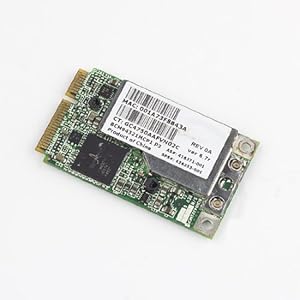
LAN Speed Test does essentially the same thing, but automatically for Windows-based systems. Timing a drag-and-drop filecopy and calculating speed (file size / transfer time).To get a more accurate measure of the speed of your wireless connection, you need to use a method that actually measures the speed that your connection is delivering. The reasons for the big difference between the "link" and actual rates include the high overhead involved in wireless connections (lots of bits used for communicating information other than the actual data you are trying to send or receive) and data retransmission (due to the inherent unreliability of a wireless connection). In a similar way, Windows might report a 300 Mbps speed, but your actual throughput could be anywhere between 50 and 90 Mbps (for example), depending on the 11n router and client card being used. Older computers with PCI-based gigabit NICs may deliver only around 600 Mbps and even current machines using PCIe-based NICs may run at only 900 Mbps. For a 10/100 Ethernet adapter, you will usually see a speed of 100 Mbps and for a gigabit NIC, you will see 1000 Mbps (if you are connected to a gigabit switch port).īut, as we showed in the Gigabit Ethernet Need To Know, most gigabit Ethernet connections don’t deliver a full 1000 Mbps. The link rate is also referred to as the PHY (or physical layer) rate, which is the maximum rate that bits will move across the network link.

What it shows is whatever the wireless adapter’s driver tells it to show, which is usually the link rate currently being used.


In reality, this number is only distantly related to the actual throughput of your wireless connection. The first mistake many people make is to use the "Speed" reported by Windows in the Wireless Network Properties window (Figure 1) as the measure of how fast their wireless link is running.įigure 1: Pay No Attention To This Number


 0 kommentar(er)
0 kommentar(er)
